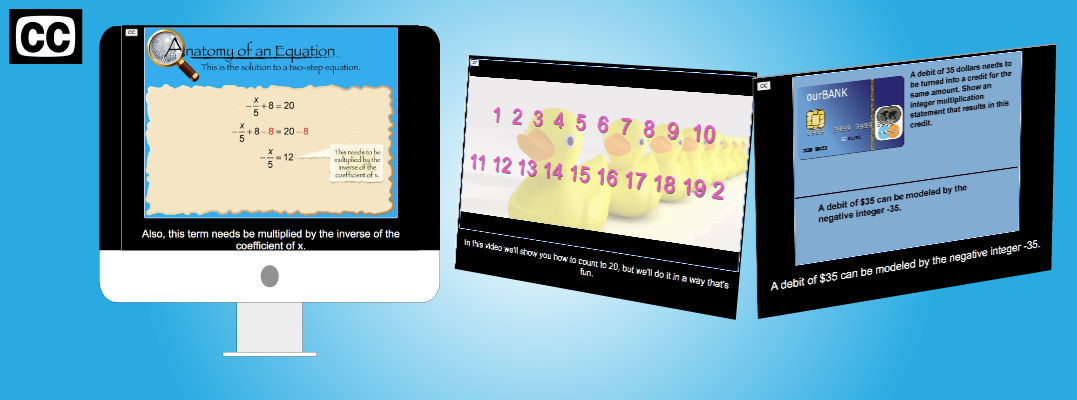Content Showcase: Closed Captioned Videos
Our videos are closed captioned. This isn't just an issue of accessibility but instruction. Try captioned videos with all your students. The captioning provides an additional level of support for your students as they work their way through our video library.
(Want to learn more about our subscription packages? Click here.)
| Title | Thumbnail Image | Description |
|---|---|---|
Closed Captioned Video: Geometry Applications--Antiprisms |

|
Closed Captioned Video: Geometry Applications--AntiprismsIn this video students learn the basics of antiprisms, in the context of New York’s Freedom Tower, which has an antiprism design. They learn the properties of antiprisms, with the focus on those with a square base. |
Closed Captioned Video: Geometry Applications--Pyramid Volume |
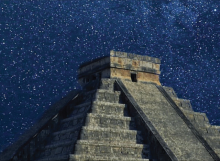
|
Closed Captioned Video: Geometry Applications--Pyramid VolumeIn this video, students see a derivation of the formula for the volume of a pyramid. This involves a hands-on activity using unit cubes, along with analysis, and a detailed algebraic derivation. |
Closed Captioned Video: Geometry Applications--Rectangular Prisms |

|
Closed Captioned Video: Geometry Applications--Rectangular PrismsIn this video students learn the basics of rectangular prisms, in the context of a New York residential tower: 432 Park Avenue. |
Closed Captioned Video: Geometry Applications--Triangular Prisms |

|
Closed Captioned Video: Geometry Applications--Triangular PrismsIn this video students study a real-world application of triangular prisms: The Flat Iron Building in New York City. This building is an ideal example of a real-world prism and also provides a tie-in to right triangle geometry. |
Closed Captioned Video: Geometry Applications--What Are Prisms? |
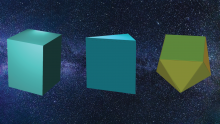
|
Closed Captioned Video: Geometry Applications--What Are Prisms?In this video students learn the basics of prisms and anti prisms. They learn the properties of triangular prisms, rectangular prisms, triangular antiprisms, and rectangular antiprisms. |
Closed Captioned Video: Geometry Applications: 3D Geometry |
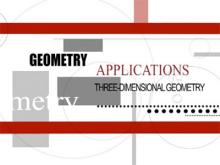
|
Closed Captioned Video: Geometry Applications: 3D Geometry |
Closed Captioned Video: Geometry Applications: 3D Geometry, 1 |

|
Closed Captioned Video: Geometry Applications: 3D Geometry, 1 |
Closed Captioned Video: Geometry Applications: 3D Geometry, 2 |
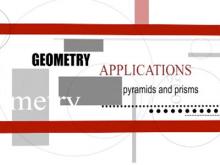
|
Closed Captioned Video: Geometry Applications: 3D Geometry, 2 |
Closed Captioned Video: Geometry Applications: 3D Geometry, 3 |
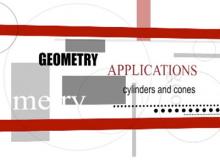
|
Closed Captioned Video: Geometry Applications: 3D Geometry, 3 |
Closed Captioned Video: Geometry Applications: Angles and Planes |
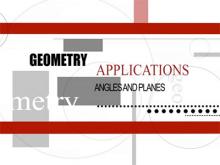
|
Closed Captioned Video: Geometry Applications: Angles and Planes |
Closed Captioned Video: Geometry Applications: Angles and Planes, 1 |

|
Closed Captioned Video: Geometry Applications: Angles and Planes, 1 |
Closed Captioned Video: Geometry Applications: Angles and Planes, 2 |
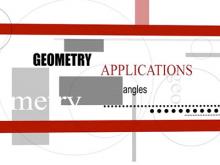
|
Closed Captioned Video: Geometry Applications: Angles and Planes, 2 |
Closed Captioned Video: Geometry Applications: Angles and Planes, 3 |
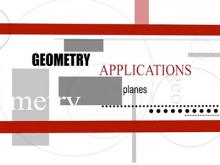
|
Closed Captioned Video: Geometry Applications: Angles and Planes, 3 |
Closed Captioned Video: Geometry Applications: Area and Volume |
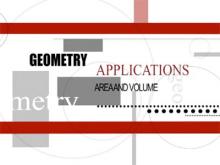
|
Closed Captioned Video: Geometry Applications: Area and Volume |
Closed Captioned Video: Geometry Applications: Area and Volume, 1 |

|
Closed Captioned Video: Geometry Applications: Area and Volume, 1 |
Closed Captioned Video: Geometry Applications: Area and Volume, 2 |

|
Closed Captioned Video: Geometry Applications: Area and Volume, 2 |
Closed Captioned Video: Geometry Applications: Area and Volume, 3 |
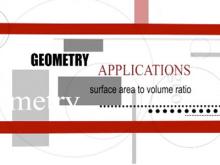
|
Closed Captioned Video: Geometry Applications: Area and Volume, 3 |
Closed Captioned Video: Geometry Applications: Circles |
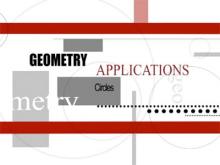
|
Closed Captioned Video: Geometry Applications: Circles |
Closed Captioned Video: Geometry Applications: Circles, 1 |

|
Closed Captioned Video: Geometry Applications: Circles, 1 |
Closed Captioned Video: Geometry Applications: Circles, 2 |
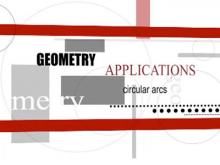
|
Closed Captioned Video: Geometry Applications: Circles, 2 |
Closed Captioned Video: Geometry Applications: Circles, 3 |
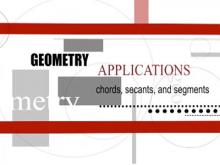
|
Closed Captioned Video: Geometry Applications: Circles, 3 |
Closed Captioned Video: Geometry Applications: Coordinate Geometry |
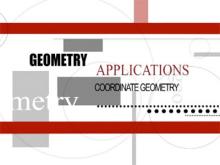
|
Closed Captioned Video: Geometry Applications: Coordinate Geometry |
Closed Captioned Video: Geometry Applications: Coordinate Geometry, 1 |
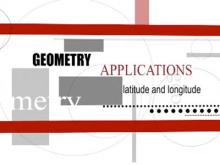
|
Closed Captioned Video: Geometry Applications: Coordinate Geometry, 1 |
Closed Captioned Video: Geometry Applications: Coordinate Geometry, 2 |
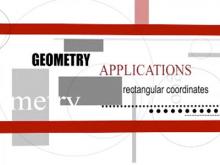
|
Closed Captioned Video: Geometry Applications: Coordinate Geometry, 2 |
Closed Captioned Video: Geometry Applications: Coordinate Geometry, 3 |
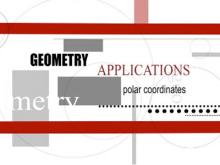
|
Closed Captioned Video: Geometry Applications: Coordinate Geometry, 3 |
